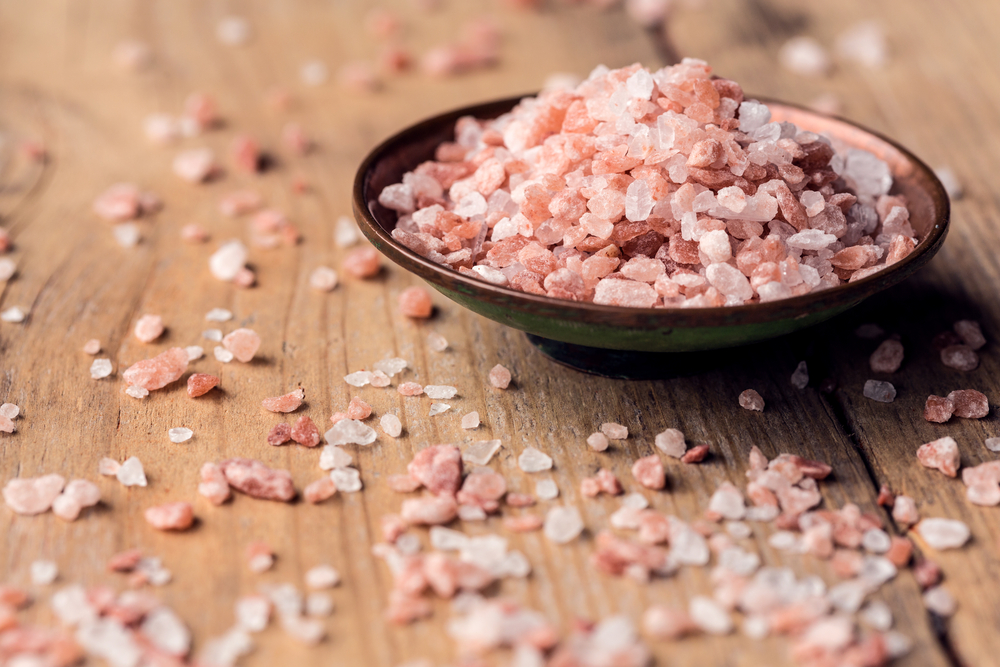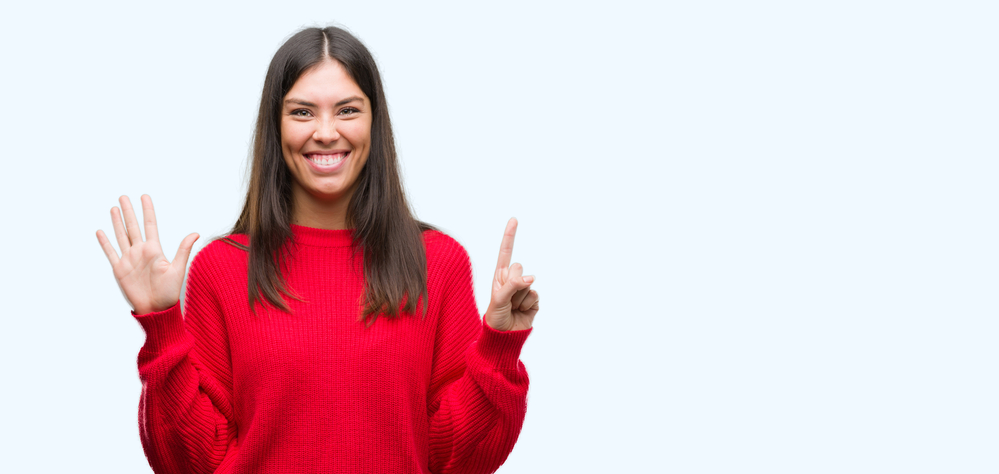It comes as a surprise to many to hear exactly how influential color is in marketing. Today, color is considered more than any other factor by shoppers. In total it accounts for 62-90% of the decision to purchase. This makes color more than just something to consider, it makes it essential.
How could this be? What difference does it really make when something is colored blue versus pink? The answer is a surprising amount. For example, blue is a color that is known to help with happiness. 60% of those who sleep in blue bedrooms wake up happy. The color pink in comparison is more directly linked to aggression. Reducing it in children by up to 45%.
When it comes to different markets, these can become really important factors. In houses light blue, for example, is one of the most common room colors. This is because it’s softer and leads to high performance. In contrast, strong colors like red get associated with aggression and blood or pain. This makes it a lower performance color and physically changes the value of a room.
Overall the science of marketing has a lot to say about each color. Black is one of the most reliable and is specifically effective with men. Green promotes creativity and is marketed with creative products. Purple is highly liked by women, and highly disliked by men. And blue and yellow together makes one of the most readable color pallets.
It’s not hard to imagine how all these differences can start to add up. It’s almost inherently obvious for things like a house. Other examples like brands are also similarly easy to understand the value of color in. Even in the most niche things though, the most practical products. A good or bad color scheme can and will make or break the product. At the end of the day, never underestimate the power of color psychology in marketing.










